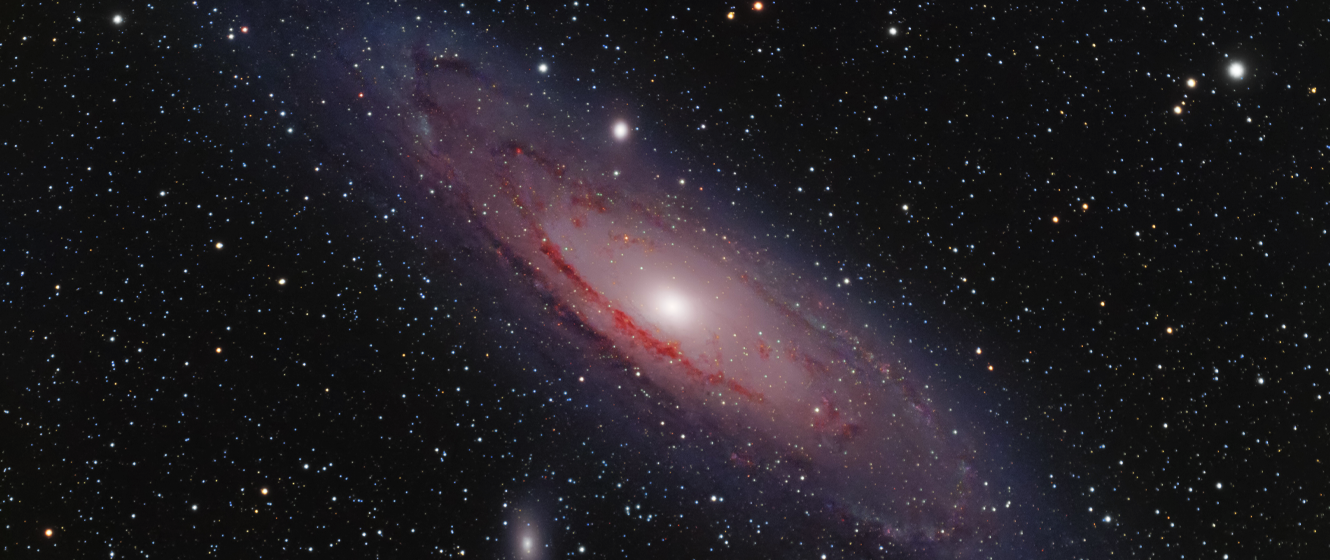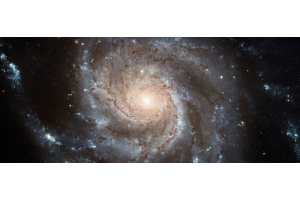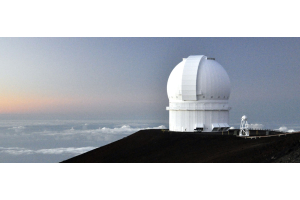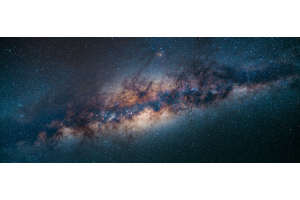
In 2004, NASA pointed the Hubble Space Telescope to a portion of the sky in the constellation of Ursa Major that – by all accounts – appeared completely empty of anything interesting. There were no spiraling star clusters, no beautiful nebulae, just an empty portion of our sky. This portion of the sky only covered about 1/24-millionth of the entire sky. This is about 2.6 arcminutes in width, a little more than twice the size of Venus in the sky. Using its sensitive camera, known as Wide Field and Planetary Camera 2 (WFPC2), Hubble took the equivalent of a 10 day exposure of this small region of the sky. What it saw astounded scientists and the public alike: this empty region of the night sky actually had thousands of galaxies. While it had been known by astronomers for decades that this would be the case, seeing just how many galaxies were confined within such a small portion of the sky even left the most seasoned astrophysicists in awe. This image, one of Hubble’s most famous, became known as the Hubble Deep Field (HDF) image.
This image gives us the real perspective of how many galaxies there are in the universe: if so many galaxies can be seen in 1/24-millionth of the sky, how many galaxies must there be across the entire sky? The latest estimates have anywhere from 150-300 billion galaxies in just the observable universe alone. For context, there are 300 billion stars in our own galaxy. And the observable universe doesn’t even cover the entire universe. This is because some parts of the universe are too far away for light - traveling at a finite speed - to have reached us since the beginning of time. Additionally, the observable universe is actually getting smaller due to the accelerating expansion of the universe. As we look further out into space, galaxies begin to appear to be moving paradoxically faster than the speed of light. As a result, over time they will slip out of our view. Because of this, it is impossible to know how many galaxies there are across the entire universe.
Every single dot in this image is a galaxy. The redder ones are galaxies that are the most distant - their light has been shifted into the infrared due to the expansion of the universe. That is why NASA’s James Webb Space Telescope is designed to be an infrared telescope. There are no doubt many more galaxies in this image that are in the mid-infrared that will be visible with an infrared telescope the scale of James Webb.


Learn More
Interested in learning more about galaxies, the universe, and the night sky? Check out our Astronomy Hub!
This Article was Last Updated on 08/14/2023













